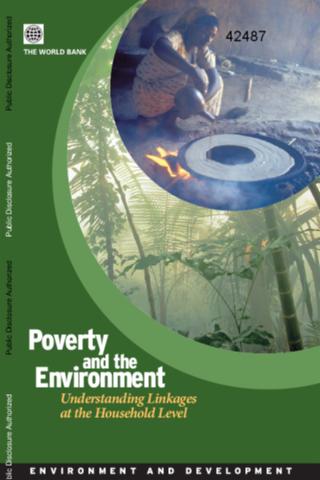historical analysis of traditional common forest planning and management in Seneghe, Sardinia--Lessons for sustainable development
Policy and practice in Myanmar's protected area system
Land cover change 2002-2005 in Borneo and the role of fire derived from MODIS imagery
Borneo has experienced heavy deforestation and forest degradation during the past two decades. In this study the Moderate Resolution Imaging Spectroradiometer was used to monitor land cover change in Borneo between 2002 and 2005 in order to assess the current extent of the forest cover, the deforestation rate and the role of fire. Using Landsat and ground observation for validation it was possible to discriminate 11 land cover classes. In 2002 57% of the land surface of Borneo was covered with forest of which 74% was dipterocarp and more than 23% peat swamp forest.
Measuring the limits of uphill timber skidding with a WOODY 110 forestry tractor
The paper deals with the test results of uphill skidding of wood with a WOODY 110 cable skidder. The aim of the study was to find the limits of uphill skidding in relation to load size, log orientation and the slope. The trial was prepared on a test track of concave shape in the forest and with pre-designed loads of different sizes. The loads were skidded uphill once withbutt-end and then with top-end forward, until the tractor stopped because of the slope. The results show that butt-end forward skidding is more efficient.
Long-term dynamics in land resource use and the driving forces in the Beressa watershed, highlands of Ethiopia
Spatial and temporal analysis of vegetation change in agricultural landscapes: A case study of two brigalow (Acacia harpophylla) landscapes in Queensland, Australia
The majority of landscapes around the world have been modified or transformed by human activities to meet the needs of human societies. The loss of native vegetation for agricultural development affects the sustainability of growing proportion of the world's ecosystems. Factors such as land tenure, roads and agricultural intensification, together with biophysical properties, have been cited as drivers of deforestation.
Fire use: Is it really the cheaper land preparation method for large-scale plantations
During the last two decades Indonesia has experienced immense forest and land fires. Often these fires are associated with extended drought and widespread use of fire to clear previously logged forest and other degraded land in preparation for oil palm, rubber, or pulpwood plantations. There are many reasons for the use of fire in land clearing activities, but probably the most important one is economics. There is still acceptance that fire is the cheapest, fastest, and most effective land clearing method with the added benefit of providing nutrients from ash residues.
Poverty and Environment : Understanding Linkages at the Household Level
This report seeks to present micro evidence on how environmental changes affect poor households. It focuses primarily on environmental resources that are outside the private sphere, particularly commonly held and managed resources such as forests, fisheries, and wildlife. The objectives for this volume are three-fold. It is first interested in using an empirical data-driven approach to examine the dependence of the poor on natural resources. The second objective is to examine the role of the environment in determining health outcomes.



